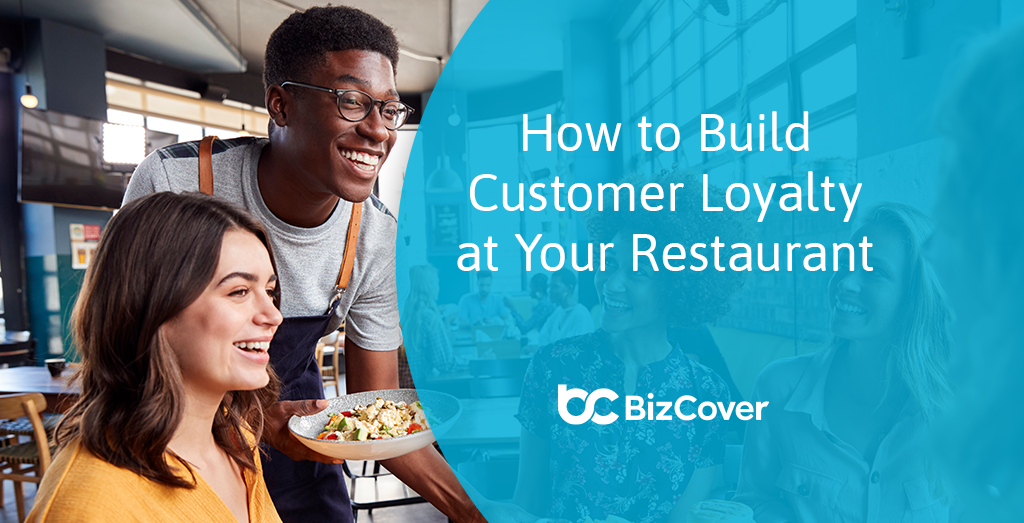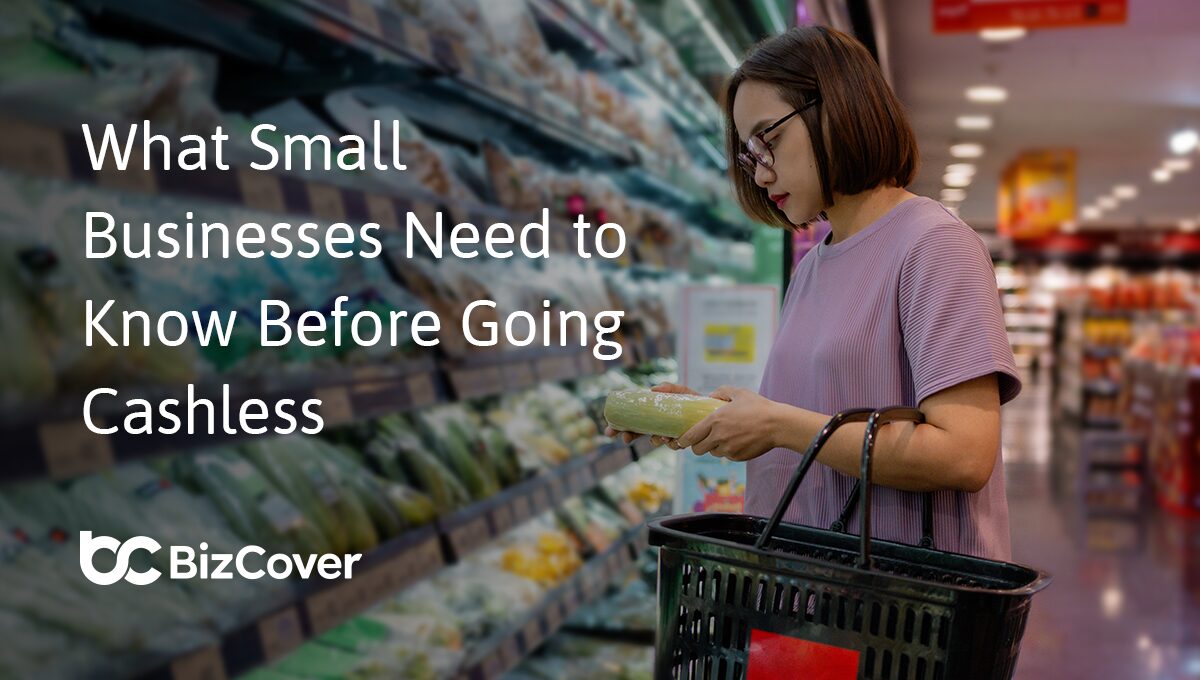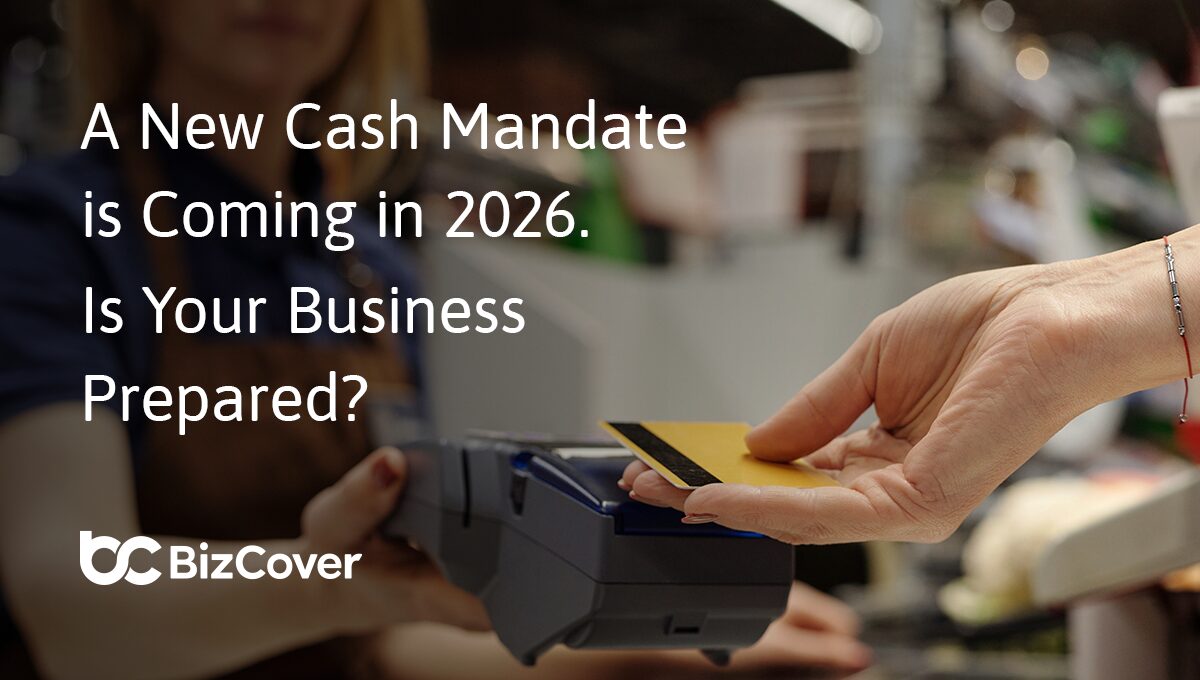Top 6 ways to increase customer loyalty at your restaurant
Building customer loyalty is the cornerstone of any good business strategy. Someone who makes a purchase once is worth something — around as much as you made on that one purchase. But a customer who decides that they love your food products and chooses your business repeatedly is worth much, much more.
What is customer loyalty?
Customer loyalty, whether café customer loyalty or restaurant customer loyalty, is when a customer likes your brand and/or food products and services enough to repeatedly choose your brand over others. If you have a favourite pizza place or a go-to clothing brand, then you’re familiar with the concept of customer loyalty.
Why is it important to build customer loyalty?
To improve a restaurant business, customer loyalty is a must. Customer loyalty is all about building meaningful relationships with your customers beyond the first sale and working to earn their trust. It takes effort, but establishing trust with your customers so they keep coming back can be one of the most valuable things you can do for your restaurant business. Building customer loyalty isn’t just a nice idea, it directly impacts your bottom line.
Five critical benefits of customer loyalty
- Repeat customers;
- Customer survey results (which you can use in your marketing);
- Positive reviews and ratings from satisfied customers;
- An increase of positive mentions and shout-outs on social media; and
- An increase in customer referrals.
Six steps for building customer loyalty for your restaurant
1. Deliver an exceptional customer experience
If you sell food that tastes bad, nothing else you do will be enough to make up for a bad product. And even if your product delivers what customers want, customer service that includes long wait times or rude employees will drive many of those customers away. Building trust and loyalty with your customers starts with delivering a positive customer experience. That includes (but is not limited to):
- selling high-quality food products;
- hiring competent people for all customer-facing roles and training them well;
- making the ordering process convenient through options such as accepting multiple forms of payment and saving customer information to make return purchases easier;
- helping customers easily find answers to common questions without having to pick up the phone and make a call.
- making it as easy as possible to contact someone when they need more direct help.
2. Establish (and live by) your brand values
People feel an affinity to others who share their values. For many consumers, that extends to the brands they do business with. Your brand values will be unique to your business. For a local restaurant, it could mean focusing on your ties to the local community and finding ways to give back. For other restaurants, it could be emphasising how you source ingredients from organic farms with sustainable practices.
Whatever your particular brand values are, you want them to be well documented so that all of your employees understand how to make decisions in line with them. And for any values you share publicly, it’s essential to match your company’s actions to your words. If you talk about your commitment to sustainability and consumers learn that your business practices aren’t very sustainable at all, it can undo the work you’ve done to build customer trust.
3. Send engaging emails
A useful way to think about establishing customer loyalty is that you’re building relationships with customers. The hope is to develop a long-term connection so that your restaurant becomes the one they automatically think of every time they want a good feed. Indeed, even fast food loyalty exists in the food business, as does café customer loyalty for café business owners. To do that, you’ll want to stay in touch with them. And email marketing is a great way to do just that.
Start with the email you send right after a purchase. For online orders, use email to provide customers with confirmation of their order; express your gratitude for their business, and offer updates on their order’s status. For those who haven’t signed up for your email list, also use these emails to encourage them to join your email list. Consider offering an incentive such as a discount on their next order.
Then, continue to stay in touch, making sure the emails you send customers offer real value – such as discounts and information about special events you may be running. You can also use email to promote sales and special deals but also to provide value-add content and business updates.
Encourage recipients to reply with any questions and feedback. And respond when they do to keep the relationship going. Some customers will unsubscribe, but that’s okay, because you’ll know that those who stick around are some of your most loyal.
4. Interact with customers on social media
Customers and businesses have a direct line to each other through social media. It’s another channel that’s good for developing relationships with your customers. You can use social media to promote your business — sharing things like product updates, business news, and special deals. But you can also use it to connect more directly with customers.
To improve restaurant service in your food business, be sure to pay close attention to when customers mention your brand and respond when appropriate. When a customer posts on social media about how your coffee got them through their last deadline or shares a photo on Instagram of a scrumptious burger you served them, that’s an opportunity for you to engage them.
Those social posts serve as powerful social proof. They alert new customers to your brand by showing that somebody already likes your products. And they give you a chance to demonstrate that you’re paying attention and appreciate your loyal customers.
And while criticisms of your brand are likely to show up sometimes, they’re also an opportunity. Customer criticism is feedback you can use to improve. Plus, if you respond to an upset customer with attempts to make the situation right, both they and their followers will see that you really care about your patrons.
5. Encourage (and listen to) customer feedback
To improve restaurant service in your business, you will need to listen to your customers. Relationships go two ways and you want customers to pay attention to you and keep your brand top of mind. In order to be the kind of food business they care about, you need to be just as willing to listen to them. Encourage customers to give feedback in multiple forms.
Point them toward places online where they can leave reviews of your restaurant. Reviews provide specific feedback on what you’re doing well and where you may do better. And they give you another chance to engage with customers directly.
6. Reward customer loyalty
Loyal customers are extremely valuable to your business, so why not find a way to make their loyalty mutually beneficial? Loyalty programs enable you to reward customers for taking the kind of actions that will contribute to the success of your food business. Even fast food loyalty programs work well with customers.
You can set up an online customer loyalty program that lets customers accrue points for purchases, which they can trade in for rewards. Or you can do something in the style of the punch cards common to sandwich and smoothie shops, where a certain number of purchases earns customers a free item.
How are you reducing the risks to your restaurant business?
When you are running your own restaurant, things can get a little hectic in the kitchen – and that’s not to mention how chaotic it may get at peak service times when every table is booked by famished customers.
While as a restaurant business owner you want to be doing a roaring trade, you also can benefit from managing the risks that come with operating a restaurant.
Did you know that business insurance* for restaurants can reduce your exposure to risk by covering things like accidental injury or damage to a member of the public, protecting the valuable business assets and other essentials that keep your restaurant running. Three types of business insurance that restaurant owners may consider include:
- Business insurance;
- Public Liability insurance; and
- Management Liability insurance.
Find out more about how these business insurance products (and others) can help your restaurant business reduce its exposure to risk and enable you to keep doing what you love.
BizCover helps Australian small business owners reduce their exposure to risk by providing an easier and faster way to buy business insurance. Experience business insurance the BizCover way today – compare competitive business insurance quotes from leading insurers online, get covered in mere minutes, and get on with your day. Call us on 1300 920 863 if you prefer to chat.
*This information is general only and does not take into account your objectives, financial situation or needs. It should not be relied upon as advice. As with any insurance, cover will be subject to the terms, conditions and exclusions contained in the policy wording. © 2023 BizCover Pty Limited, all rights reserved. ABN 68 127 707 975; AFSL 501769.
This information is general only and does not take into account your objectives, financial situation or needs. It should not be relied upon as advice. As with any insurance, cover will be subject to the terms, conditions and exclusions contained in the policy wording. © 2025 BizCover Limited.





